You are not going to run into royalty when you visit France (the French have chopped off all their heads), but if you’re planning to eat during your trip, you should probably brush up with some tips on French dining etiquette.
It doesn’t matter if you are eating at a terrasse café, at a French person’s home, or at the Palace of Versailles with Marie-Antoinette herself, there is still a long list of rules, and Do’s and Don’ts when it comes to French manners. (Actually, Marie-Antoinette was Austrian, maybe she didn’t follow the etiquette guide and so lost her head?! You can read more about the French Royal Family here.)
Anyway, I won’t go into the proper way to eat cake here, that would require a course at a finishing school near Lake Geneva, but I will give you the basics so that some snooty waiter or Parisienne bourgeoise is not sniffing their nose at you. Laa di da, and off we go!
☞ READ MORE: French Dining: History and Customs
The Cutlery and Table Setting
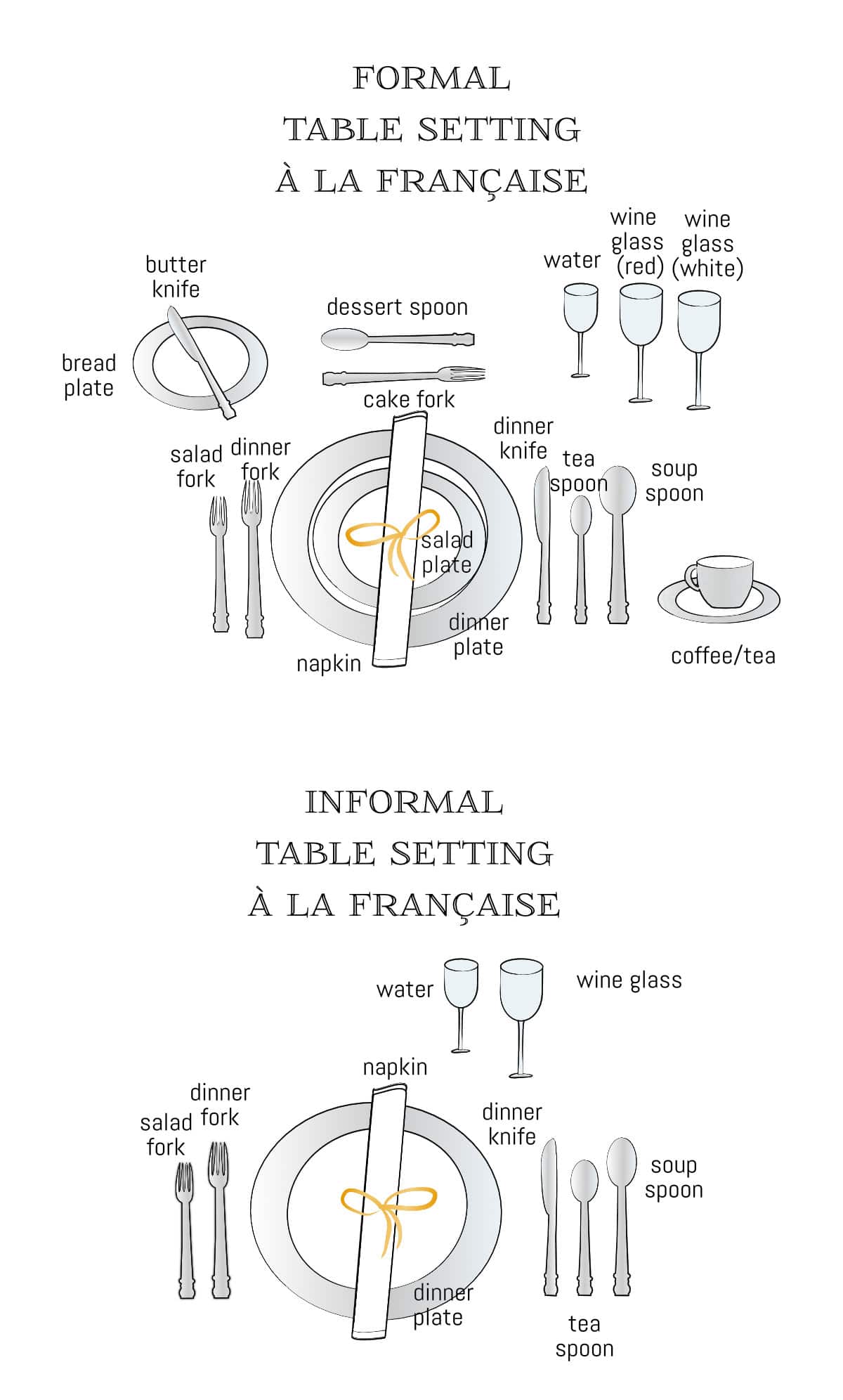
As you can see from image above, the table setting in France places the forks on the left and the knives on the right. The basic cutlery set will include:
- une fourchette – a fork (to the left of the plate)
- une petite fourchette – a small fork for dessert (to the left of the regular fork, further away from the plate)
- un couteau – a knife (to the right of the plate)
- une petite cuillère – a tea spoon (to the right of the knife, further away from the plate)
- une cuillère (à soupe) – a spoon for soup (to the right of the teaspoon)
There will also usually be a glass for water and one for wine. As France is famous for its wines, French people typically drink wine with their meal.
If you are at a dinner party in France, you may notice that your French host has invested a lot of time and effort in the presentation of the table setting. This is called the art de la table.
The tablecloth, napkins, table mats, plates and glasses will be artfully laid out to best feature the dishes prepared. Don’t be surprised to see a lot of candles, silverware, and crystal glasses on display. It is not just for Christmas, you know!
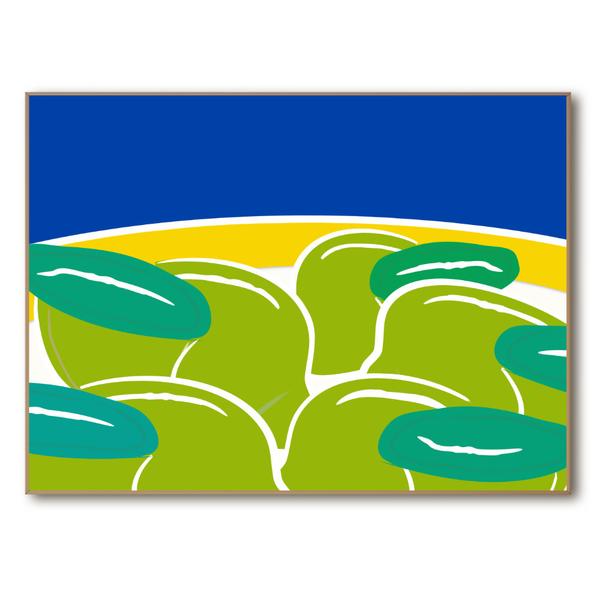
The Table manners
Good French table manners also indicates that one does not switch the fork and knife back and forth, like North Americans do. Other basic rules for the main fork and knife are:
- Fork and knife at 4 and 8pm (upside down V) means that you are still eating.
- Fork and knife placed diagonally together across the plate means that you have finished eating.
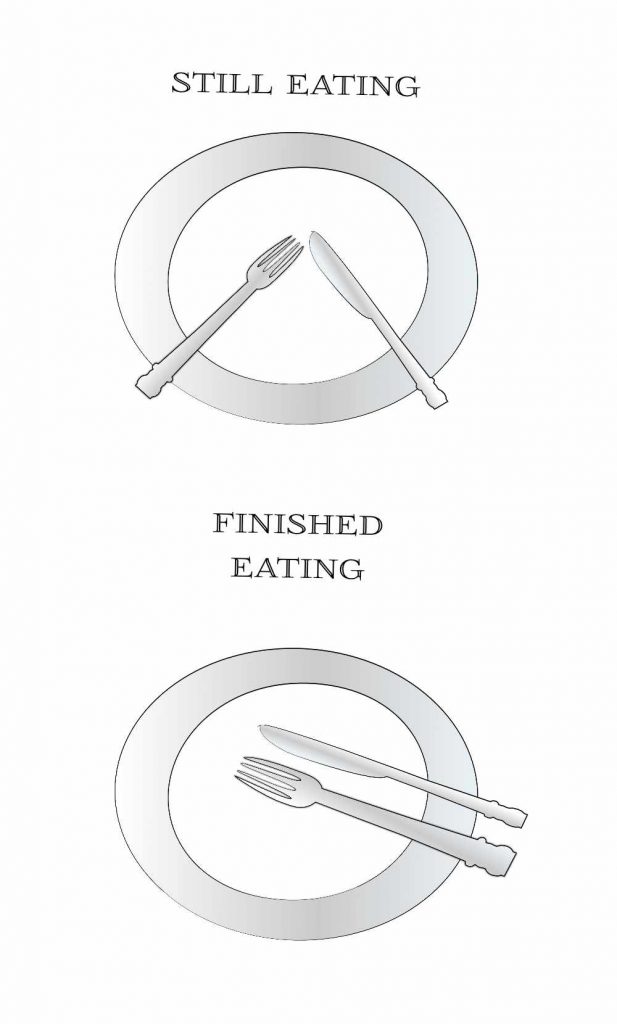
Note, once you have started eating, do not place the dirty fork and knife directly back on the table, as you will soil your host’s lovely tablecloth!
Other Dining Etiquette Don’ts
1. Don’t expect to eat at 6 pm.
French people don’t usually get off work till 6:30pm, so having family dinner early is quite strange. Only small children eat their meals at 6 pm.
Most French restaurants will not even be open till 7 pm, unless they are specifically catering to the tourist crowd and you want to avoid those sorts of restaurants anyway.
☞ READ MORE: French Business Etiquette: 12 Pitfalls to avoid
2. Don’t sit down.
If you are at someone’s home for a dinner party, the host/hostess likely has a seating plan for where everyone should sit. So don’t just grab a seat. There may be place cards on the table, or the host will just indicate where to sit once everyone is gathered around the table.
The same rule applies if you are a large group invited to a restaurant. The person issuing the invitation, may suggest where everyone should sit.
3. Don’t ask for butter.
When you arrive at your table, there may be some bread there, but there will most likely be no butter. Do not ask for butter, in France this is reserved for cooking or for breakfast.
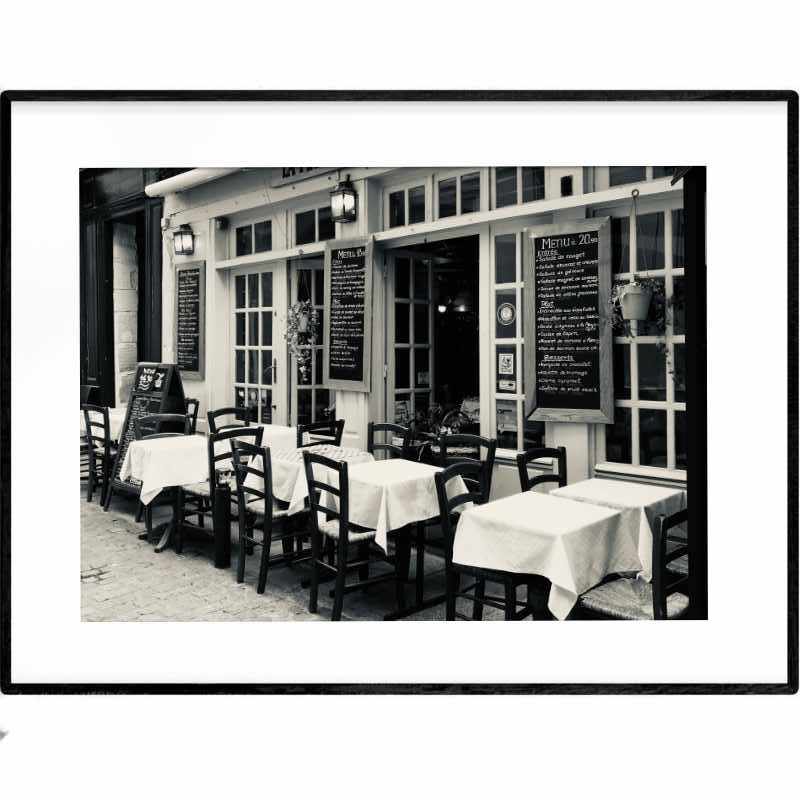
4. Don’t start eating the bread before the food arrives.
Don’t start eating the plain bread/baguette either, it is not an appetizer. You are supposed to wait for your starter before tackling the bread.
5. Don’t try to change the menu.
North American waiters are used to unusual requests: burger without the bread, salad with no dressing, etc. French waiters are not. Unless you have a specific allergy, order the meal as it is. If you don’t like something in the meal, order something else.
☞ READ MORE: 10 American dining habits French People find strange
6. Don’t split meals at a restaurant.
French people don’t order one meal to split. Portion sizes are small, not the supersize variety that we are used to seeing in North America. Unless it is an adult meal for two small children, both individuals should order their own meals. Certain restaurants will have sharing platters, so if you must split something, order those.
7. Don’t drink soft drinks or fizzy drinks when eating.
Usually, only wine or water may accompany a meal in France. Beer is also acceptable in a pub. However, soft drinks, liquor, cocktails are all meant as an apéritif (appetizer) or a digestif (after a meal), and not during dinner.
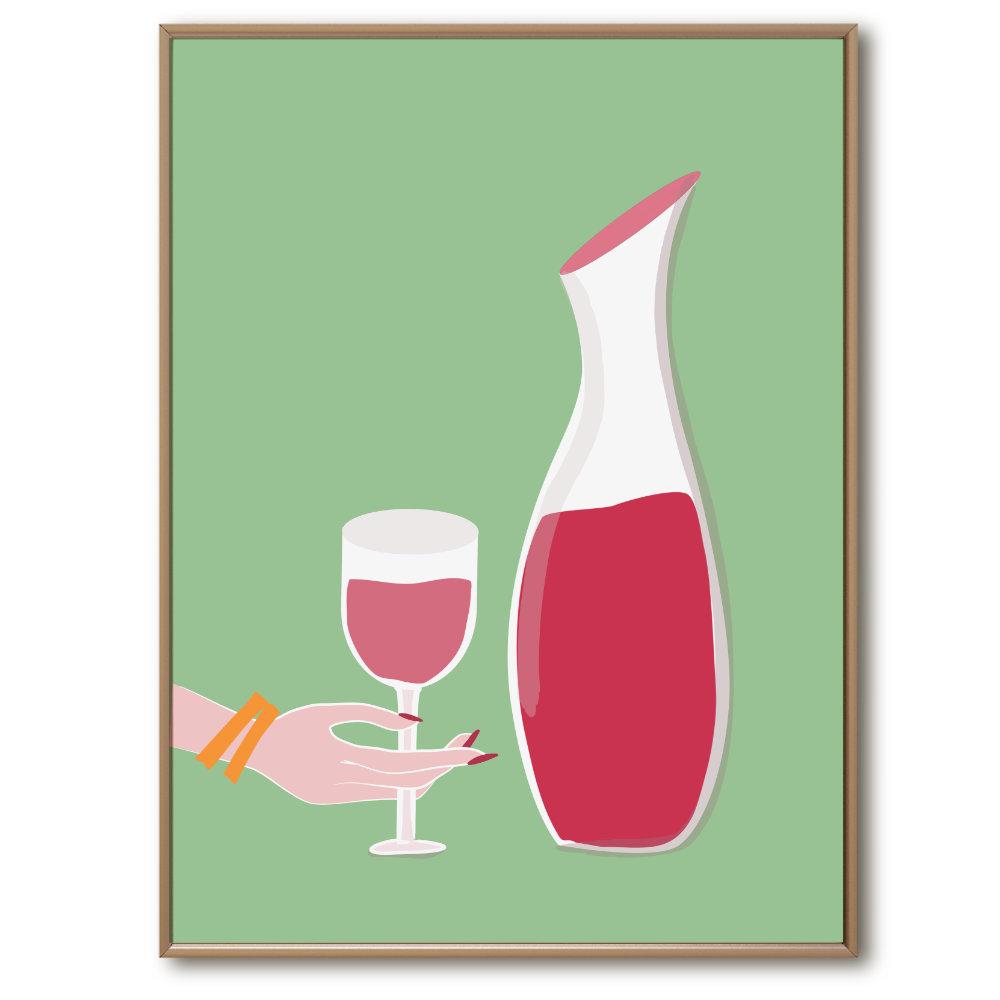
8. Don’t pour your own glass first.
Even if you are not the host, it is always polite to top off the glasses of everybody else at the table first, before pouring your own. This goes for wine as well as water.
If you are a woman, however, you may consider waiting for someone else to pour your wine. I say “may consider” because, french etiquette says you shouldn’t pour your own wine, while the feminist in me says “we are in the 21st century!” You can read more about French social and wine etiquette rules here.
9. Don’t expect the waiter to bring you water with ice in it.
Ice is not a common thing in France. Unless you are having Pastis (an apéritif), the waiter is not going to bring you ice.
☞ READ MORE: France’s national drink: Pastis de Marseille
10. Don’t expect the waiter to keep refilling your glass.
American waiters work on tips. French waiters are paid a full wage. Also, since they are paid a full wage, there are usually less waiters per client in a French restaurant, compared to the U.S.
This means that if you are waiting for your French waiter to refill your glass of wine or water, you will likely be waiting for a long time.
11. Don’t get your steak well done (Optional).
If you order steak, the waiter will ask you how you want it done:
- Bien cuit – Well Done
- À Point – Medium rare
- Saignant – Rare
Only foreigners usually get it well done, or so thinks the waiter at his persnicketiest. Even when pregnant, I had a hard time getting meals bien cuit. But really, who cares what the waiter thinks!?
☞ READ MORE: ABC of French Cuisine (the Food Dictionary)
12. Don’t start eating until everyone has their meal.
This is polite in most cultures, unless it is a small child, do not start eating until everybody has their meal. If the meal is at someone’s home, don’t start eating until the host/hostess does. Just imagine you are dining with the Queen of England. Same rules apply.
13. Don’t try to cut the salad with the knife.
French people don’t cut the salad with the salad knife, but instead, fold it into a sufficiently small size.
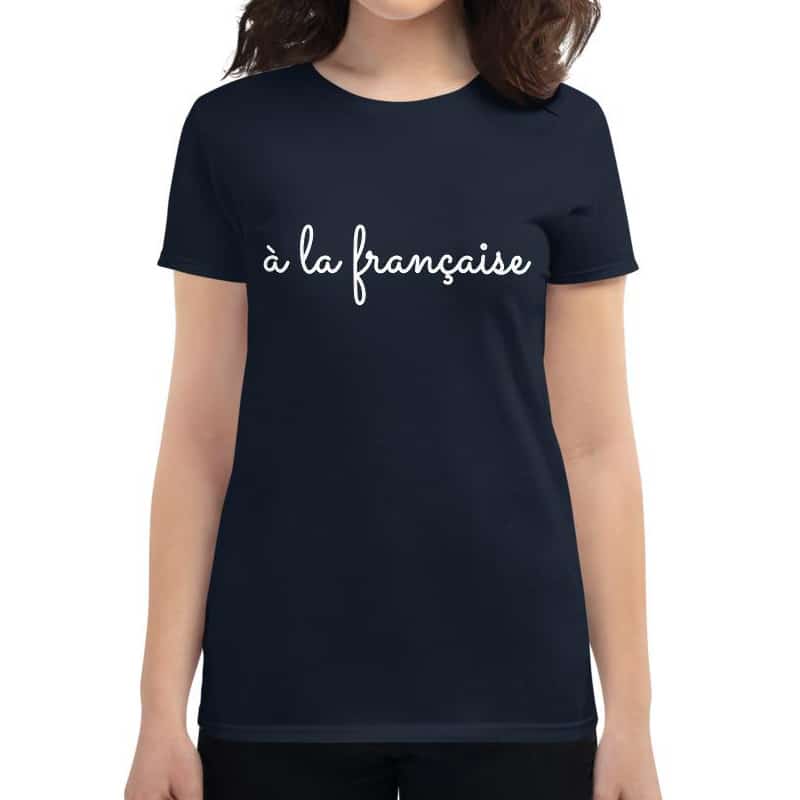
14. Don’t eat with your hands.
Other than the bread and/or french fries, food is not eaten with your hands. For foods like Pizza, burgers, all the meals that we usually think to eat with our hands, French people will use a knife and fork.
Though the bigger question is if you are visiting France, why are you eating pizza and burgers?! We have better food than that!
☞ READ MORE: The proper way to eat a burger in France
15. Don’t spread the foie gras on your bread.
If you have a starter like the French delicacy foie gras, you may be tempted to smear it across the bread the way you would butter. But it is actually meant to sit on the bread, like a slab of meat and you bite into it directly.
16. Don’t ask for ketchup.
Unless you are eating fries, ketchup is a no-no. You may be used to eating your côte de boeuf (steak) with ketchup, but in France, this is simply a no-go. You are meant to enjoy the delicate flavors of the beef, without drowning it in ketchup.
☞ READ MORE: In France, hold the ketchup!
17. Don’t hide your hands below the table.
North American children are used to hearing “elbows off the table!”. Proper French manners, however, are “hands on the table!” Harking back to the days of swords and perilous perfidy amongst dinner guests, in France, you are supposed to keep your arms visible. This way the host is sure that you are not concealing any weapons.
☞ READ MORE: An Expat’s elbow ballet
18. Don’t ask for a 2nd helping.
If a 2nd helping is offered by the host, you may accept. Otherwise, you just have to wait for the cheese course to fill yourself up. That last slice of pizza still left in the serving dish? It shall remain untouched.
19. Don’t take the last piece of bread/cheese/etc unless everyone else refuses.
If are really really keen to have that last piece of pizza or bread, good french etiquette indicates that you should first offer it to everybody else. Only then, if no one else takes you up on it, may you indulge.
There is a full set of cheese etiquette rules (are you really surprised?) that you can follow as well, to avoid a particular cheese-gate!
20. Don’t leave the table until the host does.
This of course, only applies to when you are eating at someone’s home, not in a restaurant. It is only polite to wait till the host has finished his/her meal before getting up from the table.
Small children who have finished eating may ask to leave the table, or get permission from their parents to do so.
21. Don’t ask for a doggy bag.
French portions are typically small, so you likely won’t need a doggy bag anyway. But if you do happen to have overordered, tant pis pour toi. Too bad for you. French restaurants don’t usually offer doggy bags.
22. Don’t wait for the cheque.
Unless you are in a high-end French restaurant, you are expected to pay at the counter. The first time I visited France with my family, I remember my mother asking for the bill for 45+ minutes.
It was years later after moving here that I realized that with most waiters at brasseries and cafés running around, it is perfectly acceptable to get up and pay at the bar, instead of waiting.
Dining Etiquette Do’s
1. Do put your bread on the left side of the plate, not in it.
In a normal brasserie or café, you will not have a bread plate. The bread is supposed to lie directly on the table, at the side of your dinner plate, where the bread plate would have been. This may seem odd (and unhygienic) to you, but I assure you, this is the French way.
☞ READ MORE: French Table Setting – The Easy Version
2. Do tear the bread with your hand, not with your knife.
Along with placing the bread directly on the table, you are meant to tear into the bread with your hands, and not a knife. More unhygienic stuff, you say. I agree, but c’est la vie.
3. Do order a jug of water with dinner.
A jug of tap water is free in French restaurants, so don’t hesitate to ask for a “Carafe d’eau“. If you are a tourist speaking English, they might try to fob you off with bottled water that you will then have to pay for, so watch out. Don’t hesitate to insist on a carafe, it is the law in France.
4. Do wipe the plate clean.
French etiquette indicates that you should finish your plate, or the host will be offended (thinking that the meal was bad).
There is a potential conflict here, as in some cultures if you finish your plate it means you didn’t get enough! Nevertheless, if you are in France, try not to load up your plate as you will be required to finish it.
5. Do say “S’il Vous Plaît” and “Merci” when being served.
It is only polite to thank you server as you are being served. We are not animals.
6. Do look people in the eyes when you cheers.
It’s considered bad luck to not look into the person’s eyes when you clink glasses. So unless you want 7 years with a bad love life, you better make eye contact. Also do not cross arms with another person, while cheers-ing. Santé!
☞ READ MORE: A Typical French Christmas Dinner

Whew, that’s a lot of Dos and Dont’s! Any other French dining etiquette rules that I have left out? You may also want to check out a typical French dining menu and read more French food facts. And don’t hesitate to download our free flashcards below. A bientôt!
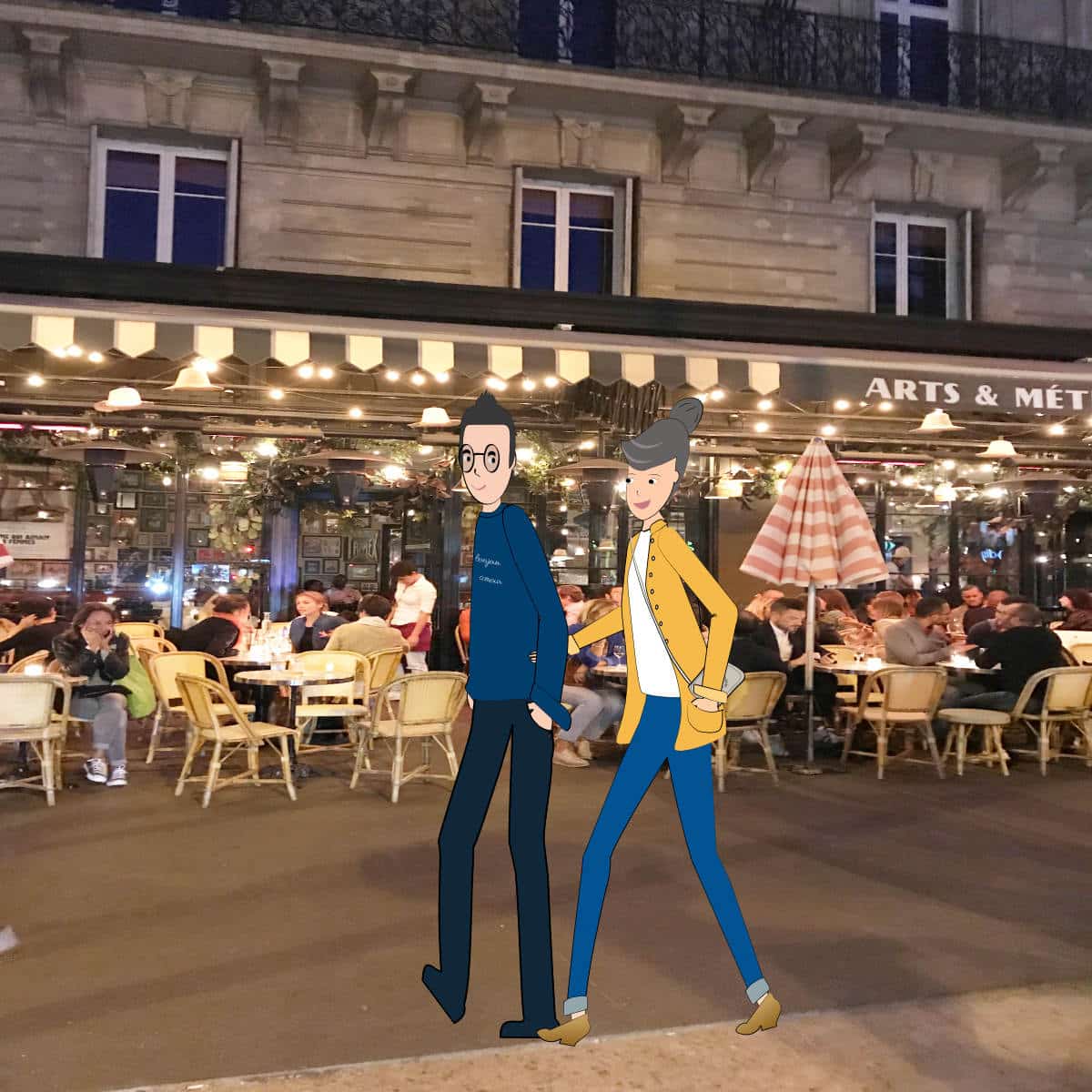
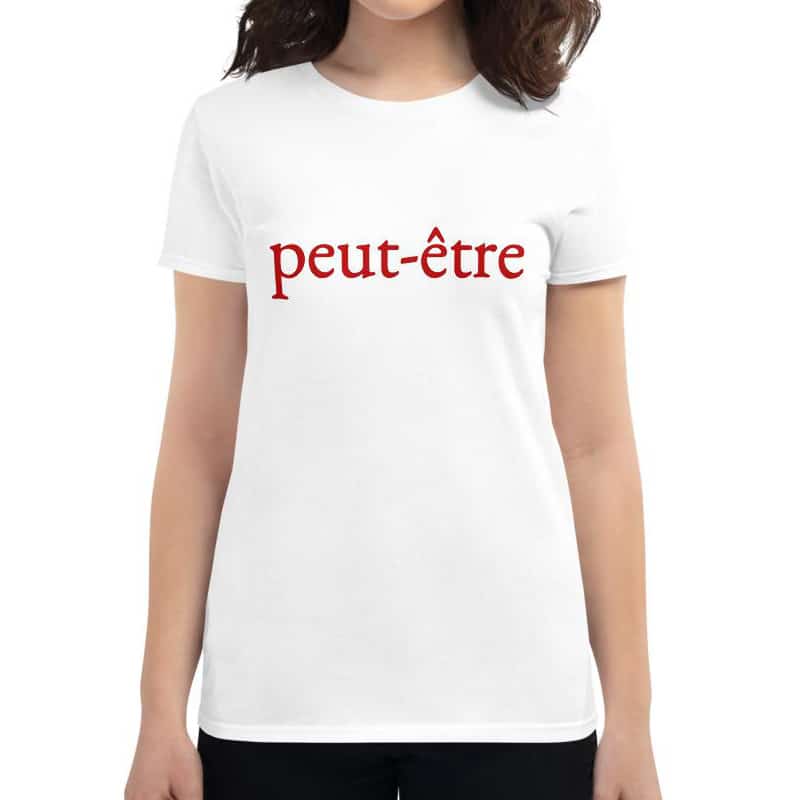
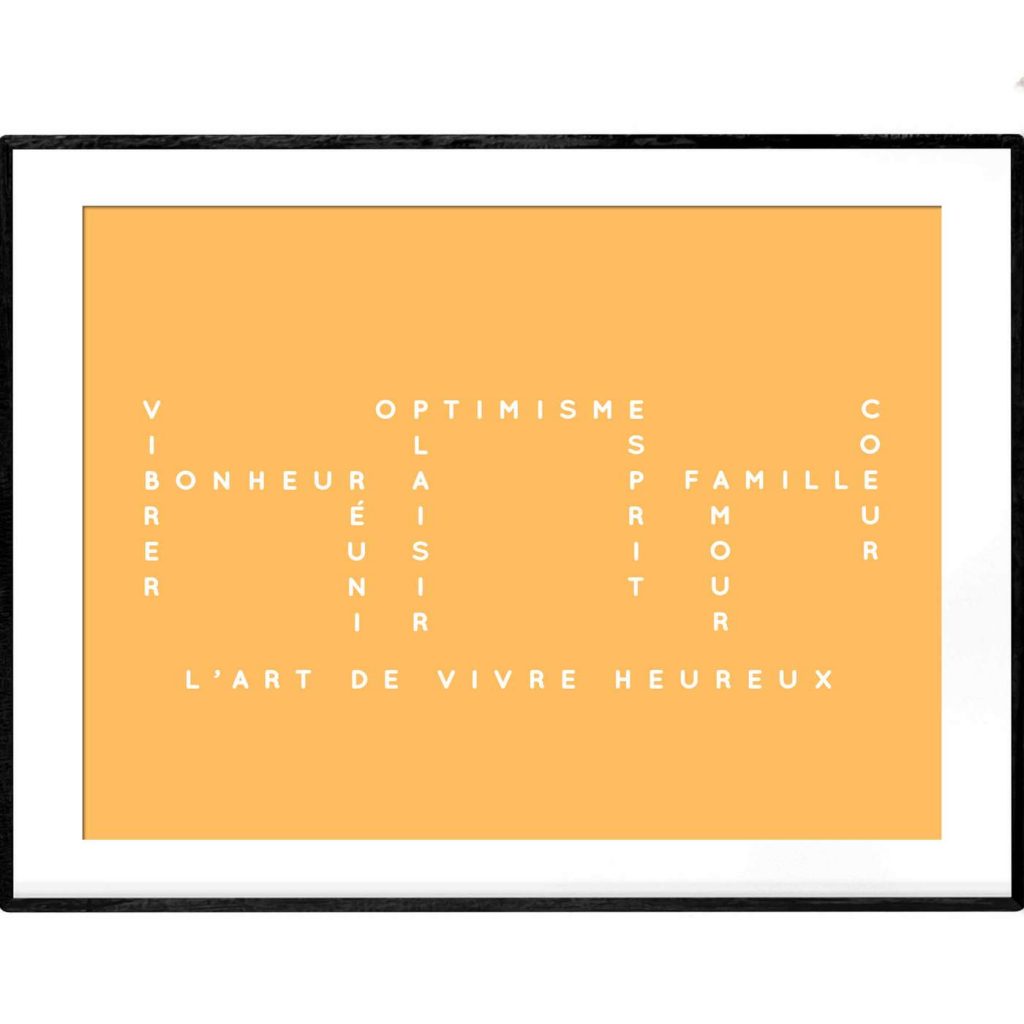



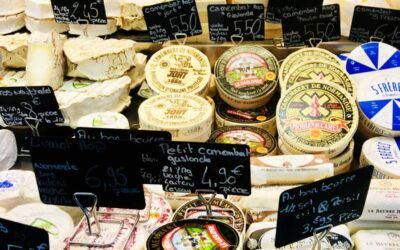
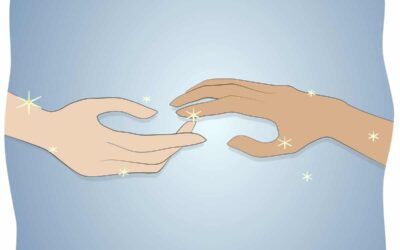
As a french I want to precise some things, if we don’t eat bread before eating, it is because we won’t be hungry for the meal ! (Restaurant who want to make money will not serve bread before, because you might order less food !)
Next, of course you might ask for a doggybag !!! Wasting food is bad, and it will even be positive if you want a doggybag as it means the food was good, leaving it on the plate might mean you didn’t like it.
As for waiting for the chèque, actually it’s the opposite, it’s more rare to go to the counter, it just depend on the restaurant, and more importantly of the occupation, when it’s full and waiters are busy you can go to the counter, but it’s not the norm at all !
yes, I agree with you, thanks for your input! Although, I will say in Paris it is definitely paying at the counter at a brasserie or café, unless it is a high-end resto 🙂
As a yearly visitor one question I am asked is how do single people or those who are alone eat and drink? It is only in the very touristy restaurants braissers that I have ever drawn a odd look. To be polite I will ask if a singe diner is OK. I will sit in an out of the way table, or where I am seated by the waiter. At a cafe outside I will wait also to be seated. Or told to sit anywhere. Oddly a 3 star Michelin restaurant eating alone is really easy. They have been exceedingly nice. I tell my friends that yu may get some looks eating and drinking alone, but do not pay them any attention. You will eventually see that lots of single people enjoy eating and drinking alone.